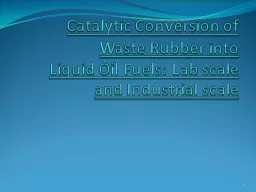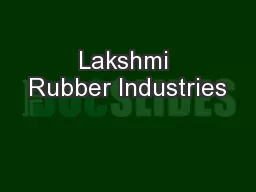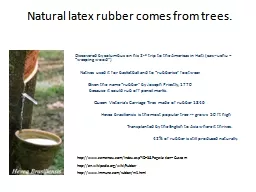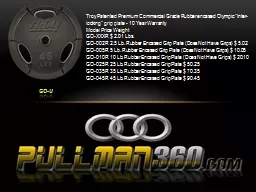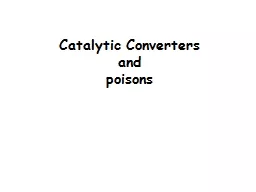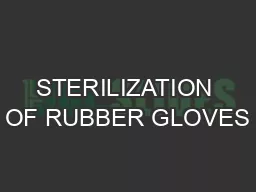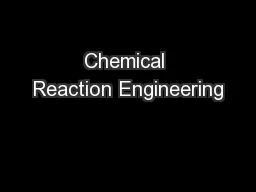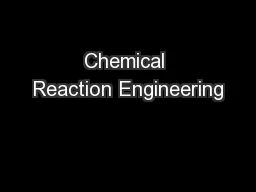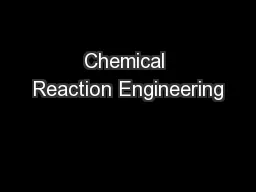PPT-Catalytic Conversion of Waste Rubber into
Author : phoebe-click | Published Date : 2020-01-06
Catalytic Conversion of Waste Rubber into Liquid Oil Fuels Lab scale and Industrial scale 1 2 Work Description The work involves three parts Part I Studying effect
Presentation Embed Code
Download Presentation
Download Presentation The PPT/PDF document "Catalytic Conversion of Waste Rubber int..." is the property of its rightful owner. Permission is granted to download and print the materials on this website for personal, non-commercial use only, and to display it on your personal computer provided you do not modify the materials and that you retain all copyright notices contained in the materials. By downloading content from our website, you accept the terms of this agreement.
Catalytic Conversion of Waste Rubber into: Transcript
Download Rules Of Document
"Catalytic Conversion of Waste Rubber into"The content belongs to its owner. You may download and print it for personal use, without modification, and keep all copyright notices. By downloading, you agree to these terms.
Related Documents

